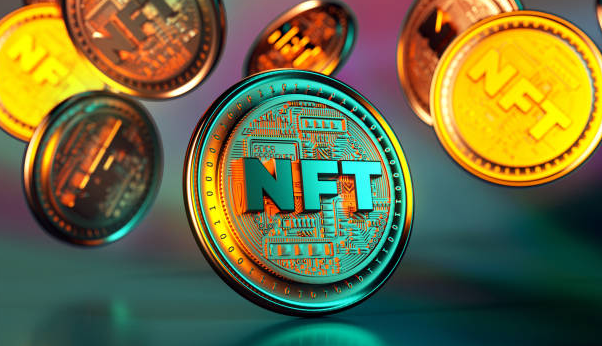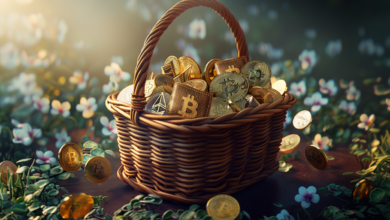NFTs are causing a stir, and whether they’re a get-rich-quick opportunity or a looming calamity, it’s important to understand what they are.
NFTs are digital tokens inscribed on the blockchain, like cryptocurrencies. But unlike cryptocurrencies, NFTs are unique and non-fungible. This makes them much more like buying a piece of art than purchasing a digital ticket.
What Is an NFT?
A non-fungible token is a unique digital item that’s stored on a blockchain. NFTs can represent almost anything, and each one is associated with its unique ID and metadata.
For example, if an artist mints a piece of digital art, the smart contract that governs that NFT will also store information about how it was created and who owns it. This helps prevent fakes and fraud.
In the gaming world, NFTs are used to regulate digital collectibles like in-game items and characters. These items can be sold, traded, and shared.
Artists have been tokenizing their work for some time now, but recent headlines about multi-million dollar sales are drawing attention to the trend. It’s a fascinating philosophical question: can objects that can be endlessly copied and pasted have any kind of inherent value?
See Also: Is Metaverse a game?
How to Make an NFT
There are a lot of different ways to make an NFT, and each one has its advantages. NFTs can be minted from just about any multimedia file, including digital paintings, photos, texts, video games such as Chainers, virtual items like weapons and currency, and even virtual land in metaverses.
To make an NFT, you first need to have a cryptocurrency wallet that supports the blockchain that your file will be minted on. MetaMask is a popular choice, but there are others out there.
Once you have your wallet, you can visit a marketplace that will allow you to sell your NFT. OpenSea and Rarible are two of the more popular options, but there are many more.
At the marketplace, you’ll need to select your preferred NFT blockchain and add a title and description. You can also choose to add properties, levels, or stats that will act as metadata (for instance, if you’re selling an in-game character, you might want to list their name, number of health points, and other details).
This information can be changed after the NFT is created, but it’s best to double-check everything before doing anything blockchain-related.
Read Also: Explore Top 14 Metaverses: Virtual Realms Redefined
Why Buy NFTs
As with any investment, NFTs aren’t without risk. However, some people see them as a way to diversify their portfolio and dabble in the blockchain.
NFTs are non-fungible, meaning that each one is unique. This makes them different from coins like Bitcoin, which are fungible, meaning one coin is interchangeable with another. Each NFT has its own identity on the blockchain, which is immutable and secure.
For creators, NFTs make it easy to earn money from their work on platforms that are traditionally hard to monetize. For example, an artist can sell a unique digital image of the Mona Lisa on a blockchain-based marketplace and receive set creator earnings every time it’s sold.
But before you start investing in NFTs, do your research. Crypto is a fast-growing and unregulated space that can be difficult to navigate. Suss recommends learning about security, using two-factor authentication, and doing a small test transaction before spending any money. NFTs aren’t immune to fraud, and you should be prepared for the possibility of losing your tokens if they get stolen or the platform goes bankrupt.
The NFT Blockchain
The NFT blockchain provides a publicly distributed and immutable ledger that records ownership of digital files. This ensures that there is only one version of each file and that it can be authenticated at any time. It’s not just for NFTs but could be used for anything from company shares to art.
Each NFT is assigned a unique digital ID and metadata that other NFTs cannot replicate. It is this fungibility that sets them apart from real-world tangible items, which can be easily swapped like-for-like.
NFTs also allow creators to monetize their content on platforms that might otherwise be difficult to do without creating counterfeits. This is because of the digital nature of these objects, which can’t be copied or replicated the way a photograph or video clip can.
Moreover, some NFTs can provide access to exclusive events. For example, Bored Ape Yacht Club hosts parties and concerts that are only open to people who own the NFT token.









